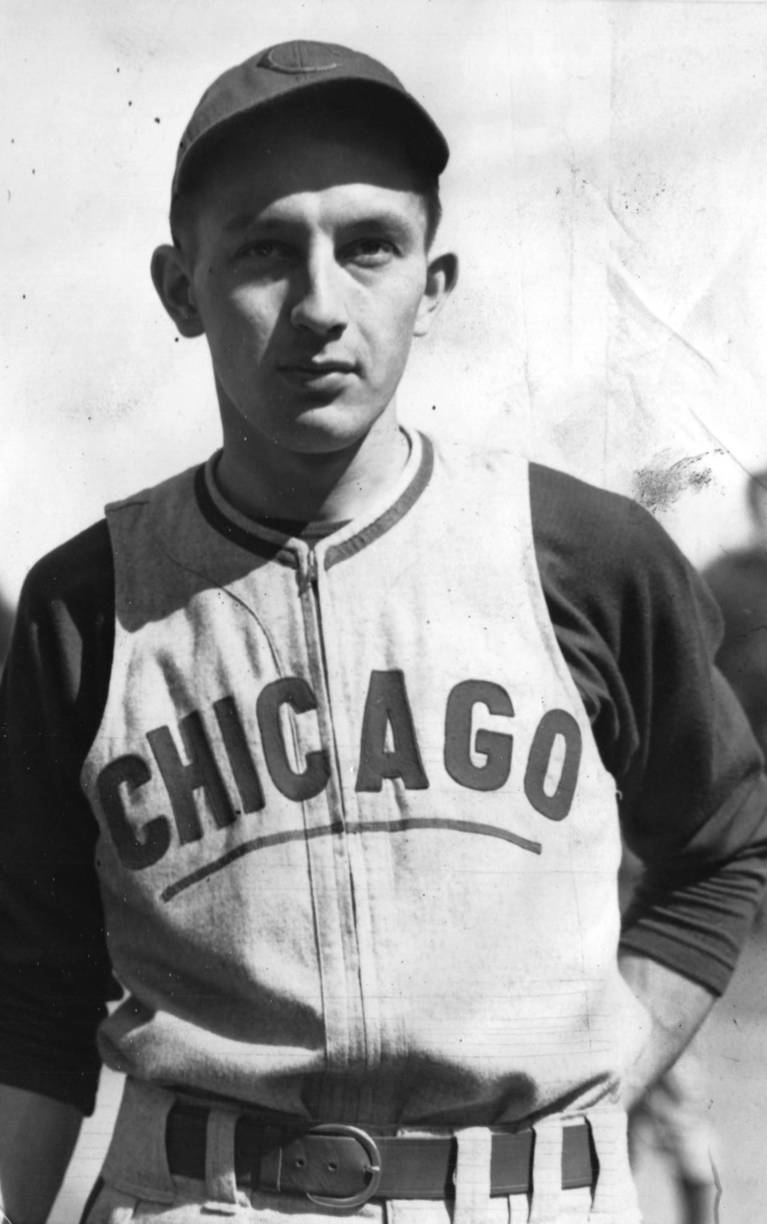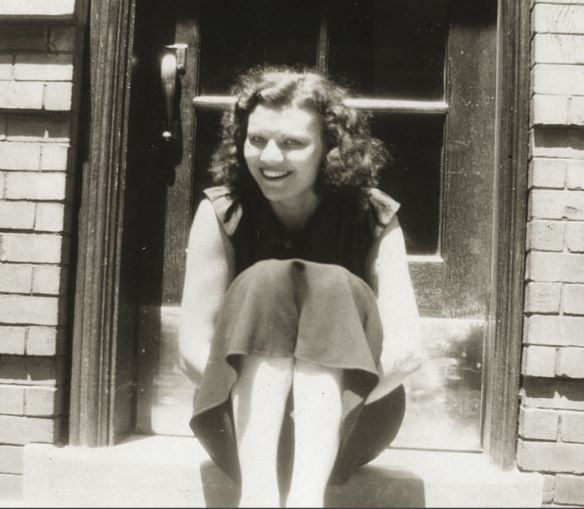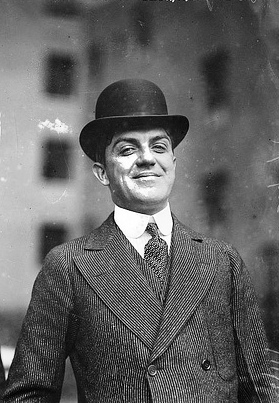2jakes
I'll Lock Up
- Messages
- 9,680
- Location
- Alamo Heights ☀️ Texas
Beautiful Sunday at Dodger Stadium
as Bellinger hits to take first base, loading the bases in first inning.
Crowd arriving late as usual.

as Bellinger hits to take first base, loading the bases in first inning.
Crowd arriving late as usual.




